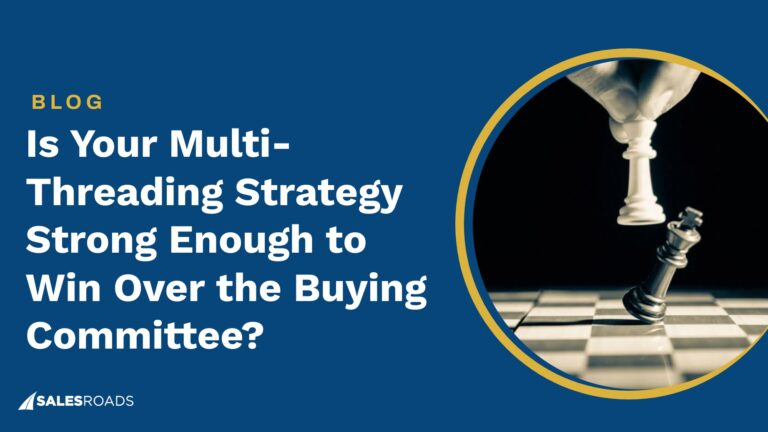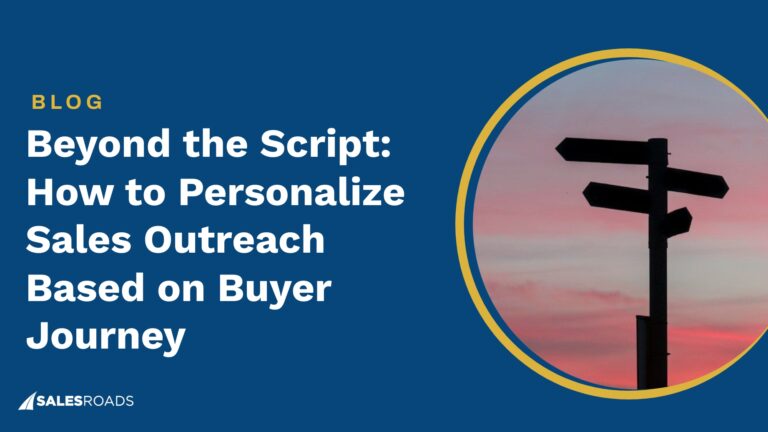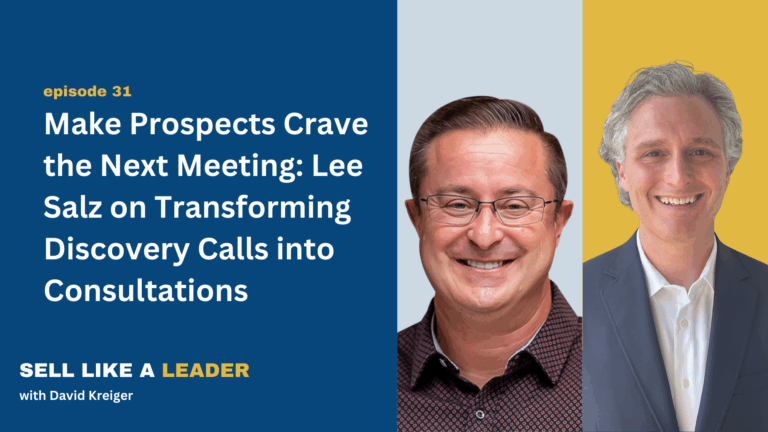A lead generation funnel is a conceptual model that illustrates the journey potential customers take from first learning about your business to making a purchase. It’s often depicted as an inverted pyramid, wider at the top and narrowing down towards the bottom.
The funnel typically includes the awareness, consideration, and purchase stages. It functions as a guide for businesses to tailor their marketing and sales strategies at each stage, ensuring they provide the right information and incentives to move the customer closer to a purchase.
Why do You Need a Lead Generation Funnel?
A primary reason many businesses struggle to maintain a consistent flow of leads is their lack of strategic approach to constructing a lead generation funnel. Often, they implement various sales and marketing tactics in isolation, failing to connect these actions into a cohesive journey that guides potential customers toward making a purchase decision.
Even the most effective tactics can fall short if they are not integrated as part of a well-orchestrated step in the lead generation process. Businesses need robust lead generation funnels for several reasons, including:
- It’s pivotal in creating targeted campaigns. By collecting data on potential customers’ demographics, behaviors, and preferences, you can tailor your messages and offerings to each unique segment through different lead gen funnels.
- It provides a structured approach to the different stages of the customer journey. Understanding these allows you to apply stage-specific strategies and messaging, enhancing the overall effectiveness of your efforts.
- It offers the ability to track KPIs at each stage, such as conversion rates, time spent in each phase, and cost per lead. This tracking enables you to identify which stages and strategies are most effective, where leads successfully move through the funnel, and where they drop off.
- It allows you to continuously refine your strategies, identify areas for improvement, and adapt to changes while helping allocate your budget and resources. This optimization focuses spending on high-impact activities and minimizes waste on less effective ones.
Another common issue is that businesses often lack clarity on whether they should develop a single or multiple lead generation funnel. This uncertainty stems from a limited understanding of how funnels work.
The decision is a strategic choice that hinges on your company’s unique characteristics. For businesses with a singular product or service targeting a specific demographic, a single funnel is ideal. This streamlined approach ensures focus and efficiency, aligning closely with the uniform needs of their customer base.
However, for businesses that boast a range of products or services, cater to diverse customer segments, or employ varied sales strategies, multiple funnels are advantageous. This approach allows for each funnel to be precisely tailored to the distinct journey and requirements of different customer segments, thereby enhancing the effectiveness of both marketing and sales efforts.
How to Build a Robust Lead Generation Funnel
Just as every successful expedition requires a map, every business seeking growth needs a well-crafted lead generation funnel. This isn’t just any map, but a dynamic blueprint, guiding potential customers on an unforgettable journey from their first curious glance to the decisive moment of purchase.
Let’s delve into the ‘how-to’ of constructing these powerful funnels:
Step 1: Dig deeper into your target audience
Many businesses fall into the trap of superficially identifying their target audience, often focusing only on basic demographics like age or location. This shallow approach can significantly hinder the effectiveness of your strategies, as it fails to consider the nuanced needs, behaviors, and preferences of potential customers.
A more profound analysis of the target audience is crucial for the success of any lead generation funnel.
Conduct thorough audience research.
This involves gathering data beyond basic demographics and exploring factors such as consumer interests, online behavior, lifestyle choices, and pain points.
Utilize tools like Google Analytics, social media insights, and customer surveys to gather data. Focus on metrics beyond basic demographics, such as browsing behavior, purchase history, and content engagement.
You can also conduct interviews or focus groups with existing customers to understand their needs, preferences, and pain points. This direct feedback is invaluable for gaining deeper insights.
Apply segmentation to this rich data.
Analyze the data collected to identify patterns and commonalities among your audience. Look for trends in behavior, interests, or problems faced by different groups. Break down your audience into smaller, more manageable groups based on shared characteristics or behaviors.
For instance, one segment might be small businesses in the technology sector, which are often agile and looking for innovative solutions to scale efficiently. Another segment could be larger, established corporations in traditional industries, like manufacturing, that value reliability and long-term partnerships in their business solutions.
These segments differ significantly in their needs, decision-making processes, and how they might be approached in terms of sales and marketing strategies.
For each segment, create a detailed persona.
Buyer personas are detailed profiles of your ideal customers based on the data and insights gathered. Each should represent a segment of your audience, including their motivations, challenges, and decision-making processes.
Personas make the target audience more tangible, aiding in crafting messages and strategies that align closely with their expectations and needs.
For instance, “Enterprise Erin” might be a key decision-maker in a large corporation, focusing on strategic investments and long-term efficiency. She values data-driven solutions, is active in professional networks, and regularly attends industry conferences.
Map the customer journey for each persona.
For each persona, map out their typical journey. Start from the first time they encounter your brand (awareness) to the point of purchase (decision). Identify key touchpoints – like visiting your website, reading a blog post, or receiving a cold call.
At each stage of the journey, note what motivates them to move to the next stage and what obstacles might prevent them. For example, “Enterprise Erin,” the persona we’ve outlined above, could be drawn to the cutting-edge features of your product, yet may hesitate due to price concerns at the point of purchase.
To effectively engage and motivate Erin, it’s crucial to emphasize the exceptional value and long-term benefits your offering delivers, clearly demonstrating how it outweighs the initial investment.
By aligning your lead generation efforts with this journey, you can create more impactful, persuasive, and ultimately successful strategies.
Step 2: Decide on which tactics you’ll use
Inbound and outbound lead generation are two distinct strategies, each with unique methods and outcomes.
Inbound tactics are focused on attracting customers through content-driven tactics. It involves creating and sharing valuable content (like blogs, whitepapers, and webinars), optimizing for search engines, and engaging on social media platforms. This approach relies on drawing potential clients to your business, making it a more organic, customer-centric method.
Outbound lead generation, on the other hand, is more direct and proactive. It includes tactics like cold calling, direct mail, email marketing campaigns, and attending trade shows. This approach involves reaching out to potential customers, often through targeted lists, to introduce your product or service.
Many businesses make an inclination towards inbound tactics, largely due to a perception that outbound methods like cold calling are less effective and more costly. However, this overlooks the unique strengths of outbound approaches.
Cold calling, for instance, continues to hold significant value as it establishes a direct human connection, a critical element in building trust and rapport in B2B relationships. While it’s true that outbound efforts might involve higher initial costs, they often lead to securing larger deals more quickly compared to the gradual process of inbound strategies, which rely on customers discovering and deciding to engage with your business.
The key to maximizing results lies in striking a balance between the two. While inbound methods are great for building credibility and attracting leads organically, outbound tactics can actively target specific prospects and directly initiate sales conversations.
Inbound lead generation tactics
Content creation is the cornerstone of inbound lead generation, offering a way for businesses to attract leads organically by providing value. In the B2B world, this often involves crafting detailed, informative content that speaks directly to the needs and challenges of other businesses.
The most effective content that moves leads from awareness to consideration according to Content Marketing Institue is podcasts. Blog posts take the second spot at 76%, while 59% see video as an effective tool.
- Podcasts are becoming increasingly popular in the B2B space. They offer a more personal way to connect with your audience, discussing industry trends, and insights in a format that’s convenient and accessible.
- By regularly publishing insightful articles, you can establish your brand as a thought leader in your industry, while also improving your search engine rankings. The key is to focus on topics that are not only relevant to your industry but also address specific questions and pain points your target audience might have.
- Video content is a powerful tool, providing an interactive and engaging way to reach potential clients. To make the most of these tools, focus on creating content that offers real value to viewers. One strategy, for example, is to leverage case studies as video interviews with your clients. Video content performs better than text copies.
SEO is crucial in ensuring that your content, either a podcast episode, a blog article, or video content, reaches the right audience.
Optimization isn’t just about incorporating the right keywords; it’s about understanding the search intent of your audience. What are they looking for? What problems are they trying to solve? By aligning your content with these queries, you can improve your visibility in search engine results, drawing more organic traffic to your website.
Outbound lead generation tactics
Why should a company’s pipeline be supported by outbound motion? The answer lies in the proactive nature of outbound tactics. Unlike inbound methods that rely on attracting leads to come to you, outbound strategies involve actively seeking out potential clients, and directly engaging them with your proposition. This approach is critical for several reasons.
One, it allows businesses to target specific companies or decision-makers who might not yet be aware of their solutions but have the potential to become valuable clients. Two, outbound lead generation can fill the gaps in a sales pipeline, ensuring a steady flow of opportunities even when inbound efforts ebb. It’s a way to take control of lead generation, reaching out to high-value prospects with personalized messages, tailored pitches, and direct calls-to-action.
You can do cold outreach in three ways:
- Cold calling is a direct outreach method that enables real-time interaction with potential clients, providing an immediate opportunity to gauge interest, answer questions, and personally address any objections. It requires a blend of skill and research; understanding the prospect’s business needs beforehand can significantly increase the chances of a successful call.
- With marketing emails boasting an average open rate of 21.5%, the potential effectiveness of cold emailing as an outbound strategy is substantial. This method allows for reaching a wide audience with minimal cost, but it’s the quality and personalization of the email that makes the difference.
- Social outreach is a modern twist in outbound tactics, leveraging social media platforms to connect with potential leads. Platforms like LinkedIn are especially conducive for B2B sales professionals, allowing them to engage with prospects through thoughtful content, comments, and direct messaging.
It’s crucial to remember a fundamental principle that underpins all three methods: the shift from a mindset of selling to one of helping. Whether it’s through cold calling, cold emailing, or social outreach, your primary goal should be to provide value and assistance to your prospects, not just to close a sale.
Step 3: Design your lead generation funnel
This step is where the theoretical meets the practical, where strategic planning transforms into tangible actions. As we delve into the intricacies of designing your lead generation funnel, remember, this is where your understanding of your audience, and the tactics you’ve chosen, begin to crystallize into a structured pathway.
Establish clear goals for each stage.
Establishing clear goals at each stage of your lead generation funnel is crucial for effective tracking and optimization. For the awareness stage, focus on metrics like reach and engagement, aiming to maximize visibility among your target audience.
In the interest phase, track indicators like website visits and content interactions to gauge growing curiosity about your offering. During consideration, key metrics could include downloads of detailed materials or sign-ups for demos, reflecting a deeper evaluation of your solutions.
Finally, in the decision stage, the goal shifts to conversion rates, monitoring how many leads turn into actual sales. Setting these specific, measurable objectives allows you to tailor strategies effectively at each funnel stage, ensuring alignment with overall business targets.
Align inbound and outbound tactics with customer journey.
Aligning inbound and outbound tactics with the customer journey ensures a seamless transition of leads through the funnel. Utilize inbound strategies like SEO and content marketing in the initial stages to attract and educate potential leads.
As they move further down the funnel, integrate outbound tactics like personalized email campaigns or direct calls, especially in the consideration and decision stages. This alignment ensures that at every touchpoint, your prospects receive the right information and interaction suitable for their journey phase, enhancing the likelihood of converting them into customers.
Implement lead capture and nurturing strategies.
Effective lead capture and nurturing are pivotal in converting prospects into customers. Use lead magnets such as whitepapers, webinars, or free trials at the top of the funnel to capture contact details.
Once captured, implement a nurturing strategy that delivers regular, valuable content to these leads, keeping your solution top-of-mind. This could involve a series of targeted emails that provide additional information, address common questions, or share customer success stories. The key is to maintain engagement and gradually build trust, guiding leads towards making a purchasing decision.
Integrate and automate where possible.
Integration and automation are key to efficiency in managing lead generation funnels. Integrating your various marketing tools and platforms with a CRM system ensures that lead data is centralized and accessible, enabling more personalized follow-ups. Automation can streamline repetitive tasks like sending out nurturing emails or posting on social media.
Automation platforms can help segment your audience, schedule content delivery, and analyze engagement metrics. By leveraging these technologies, you can ensure consistent engagement with your leads, timely responses to their interactions, and a more strategic approach to moving them through the sales funnel.
Ensuring Your Funnel Works the Best Way Possible
A well-designed funnel not only captures leads but also nurtures them toward conversion, ensuring a steady flow of potential business opportunities.
The key to achieving this lies in adopting a strategic approach to funnel management, encompassing consistent engagement, thorough analysis, and continual improvement.
Sustaining lead momentum through consistent action
Consistency is the bedrock of effective lead generation. A steady influx of leads is maintained through regular content creation that addresses the evolving needs of your target audience. It’s crucial to engage consistently with both prospects and existing leads, fostering relationships and keeping your brand top of mind.
Implement proactive outbound efforts, such as scheduled follow-up calls and regular email updates, to ensure that no potential lead is left unattended. Nurturing leads is a continuous process; it requires persistent and well-thought-out strategies to guide them through the funnel stages.
The key is to maintain a rhythm in your outreach and engagement efforts, ensuring your leads remain engaged and moving towards a sale.
Funnel management and iteration
Effective funnel management hinges on the understanding and application of KPIs. Metrics like conversion rates, customer acquisition costs, and lead quality are essential in gauging the health and effectiveness of your lead generation efforts.
Utilizing tools like CRM systems and analytics platforms can provide invaluable insights into these metrics, offering a clear picture of your funnel’s performance.
Actively seek feedback from both leads and customers. Their insights can provide a fresh perspective on your funnel’s effectiveness and highlight areas for improvement, whether it’s the targeting of your content, the timing of your outreach, or the channels you’re using.
Adjusting your strategies based on this combination of data and direct feedback ensures that your funnel remains dynamic and responsive to your audience’s needs.
Bottom Line
The true power of a robust lead generation funnel lies in its ability to not just capture leads but to nurture and convert them into lasting business relationships. This process demands a delicate balance of inbound and outbound tactics, a deep dive into analytics and feedback, and an unwavering commitment to consistency and improvement.
Your lead generation funnel is a strategic asset that, when finely tuned, can open doors to new opportunities, foster growth, and establish your brand as a leader in your industry. Embrace the challenge, remain adaptable, and let it be the guiding light in your quest for business success.










